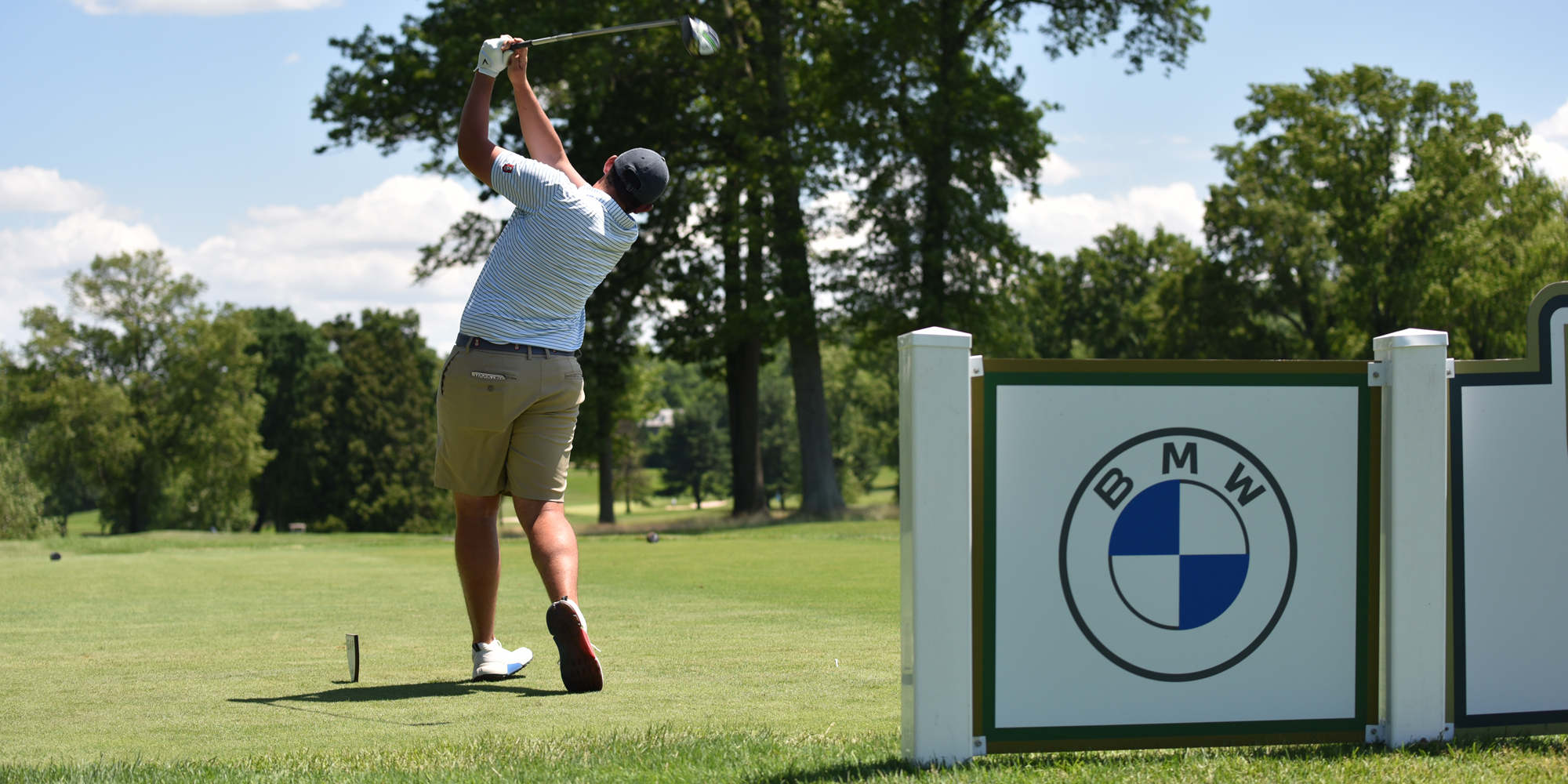Handicapping
Tournament Handicap System
| *Odds of shooting an Exceptional Tournament Score *Probability of Two Best Scores Beating Handicap *Pope of Slope website *Fact Sheet for my club to use to implement the Tournament Handicap System
Knuth Tournament Point SystemSince the USGA Handicap System added the provision of Exceptional Tournament Scores in 1992, player handicaps have been automatically reduced for tournament scores that are dramatically better than those scores recorded in casual play.
The Golf Association of Philadelphia, after analyzing 15 years of data, believes the Exceptional Tournament Scores section of the Handicap Manual, 10-3, could use a boost. In that vein, this off-season the Executive Committee unanimously approved the addition of the Knuth Tournament Point System. This system, to be used for all NET competitions, individual and team with more than 50 competitors, is modeled closely after the Knuth Tournament Point System. Dean Knuth, the system’s creator, served as the United States Golf Association's Senior Director of Handicapping, GHIN and Green Section Administration from 1981-97. He was the prime developer of the USGA's Course Rating and Slope Rating System that is used throughout the United States and in most foreign countries today. He was and is recognized as the top expert in the world on handicapping and course rating. Following Knuth’s model, the Knuth Tournament Point System assign’s points to individuals based on Top 5 finishes in NET competitions (5 points for first place to 1 point for fifth place. Ties receive full points for the higher placing) which meet the aforementioned criteria. Those points are calculated over a two-year period and adjusted on a rolling basis. For example, an event in 2005 would no longer count in the formula once that event is completed in 2007, even if that tournament is held later in the year than in prior seasons and covers more than the two-year period. The Golf Association of Philadelphia has modified the point system as follows. The tournament handicap of players with point totals in the 7-8 range will be automatically adjusted by deducting two strokes; 9-10 points will be automatically deducted three strokes and 11 points and higher will be automatically deducted four strokes (the maximum). The GAP Tournament Handicap System is totally predetermined and involves no subjective judgment. The Executive Committee believes this is a fair system for giving everyone an equal chance to win. The last two years of NET competitions were used to determine the current list compiled by the Golf Association of Philadelphia. According to Knuth’s website, if we assume that all golfers are abiding by the score posting guidelines established by the USGA Handicap System, then each competitor should have the same chance as the next to win in tournaments. For example, if an individual played in 100 tournaments of 100 players, each player should win once. Knuth’s website continued, while it is true that some competitors do play better in competition than they do in everyday casual play, it is the opinion of many that most competitors seem to not score as well in competition as they do in their casual rounds. There are competitors that finish near the top quite often, yet never seem to play well enough to have their handicap reduced under Section 10-3. Below are two charts. One demonstrating the odds of shooting an Exceptional Tournament Score and the second showing the probability of an individual’s two best scores beating his handicap.
Odds of shooting an Exceptional Tournament Score
Probability of Two Best Scores Beating Handicap The values in this table only include pairs of best negative differentials and determines how many strokes a golfer's handicap should be reduced to allow his best two differential likelihood to be an acceptable "rarity." As an example, consider the golfer whose best two differentials of his last 20 scores were -6 and -8 and the player has a handicap of 15. This event would have a 1 in 7,249 chance. If a threshold of 1 in 258 was established as the limit of reasonability, this player should have his handicap lowered three strokes (three diagonal steps to the left in the following table).
| ||||||||||||||||||||||||||||||||||||||||||||||||||||||||||||||||||||||||||||||||||||||||||||||||||||||||||||||||||||||||||||||||||||||||||||||||||||||||||||||||||||||||||||||||||||||||||||||||||||||||||||||||||||||||||||||||||||||||||||||||


